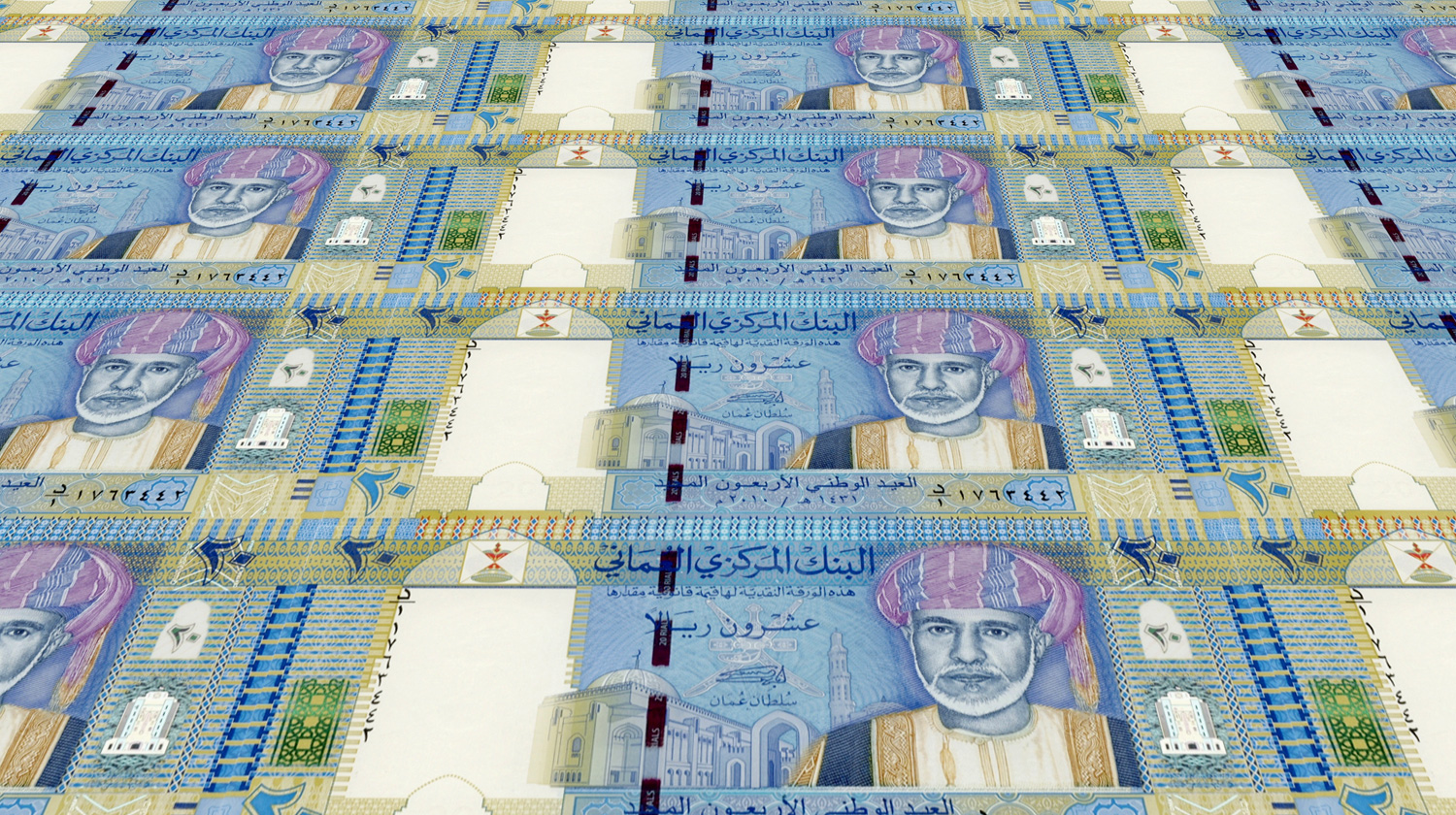

MUSCAT, JAN 4 - Despite cutbacks and even rollbacks in a number of government subsidies in recent years, the 2020 State Budget will still incur a total subsidy pay-out to the tune of RO 755 million, fuelled by a projected uptick in assistance to the electricity sector, among other beneficiary segments of the Omani economy. According to the Budget statement issued last week, subsidies and related financial assistance accounted for a sizeable six per cent share of the government’s total public spend amounting to RO 13.2 billion projected in 2020. It was also marginally higher than the total subsidy allocation of RO 745 million projected in the 2019 State budget.
The subsidies are provided in the form of preferential fuel prices for low-income segments of the local population, dramatically reduced electricity costs for residential customers, concessional housing and development loans, and operational support to a number of state-owned enterprises (SOEs).
The lion’s share of the government’s total subsidy allocation is enjoyed by the electricity sector, with assistance of RO 500 million pledged to consumers in 2020. This represents a 3 per cent increase over the corresponding allocation of RO 485 million for the sector in the 2019 Budget.
In reality, electricity subsidies actually amounted to RO 620 million in 2019, representing a hefty 28 per cent jump over the budgeted allocation of RO 485 million for the year.
Indeed, this significant spike in electricity uptick was among a number of factors that contributed to a jump in overall public spending in 2019, the government said. It explained: “According to the preliminary outcomes, overall public spending totalled RO 13.7 billion in 2019 as compared with a budgeted figure of RO 12.9 billion, a 6 per cent increase. This is mainly attributed to the rise in purchase costs of gas, high cost of public debt servicing, high subsidy cost of electricity sector, and investment spending to finalise development projects. This is in addition to increased expenditures of some government units to meet necessary and urgent needs, and cost of promoting the 2010 batch of Omani government employees.”
Also forming a modest, but notable, part of the government’s subsidy burden is the National Subsidy System (NSS), under which low-income segments of the Omani population receive fuel (petrol and diesel) at reduced prices. As of end 2019, an estimated 352,000 citizens were registered as beneficiaries of the scheme, up eight per cent from the previous year’s tally of 325,000.
Oman Observer is now on the WhatsApp channel. Click here



